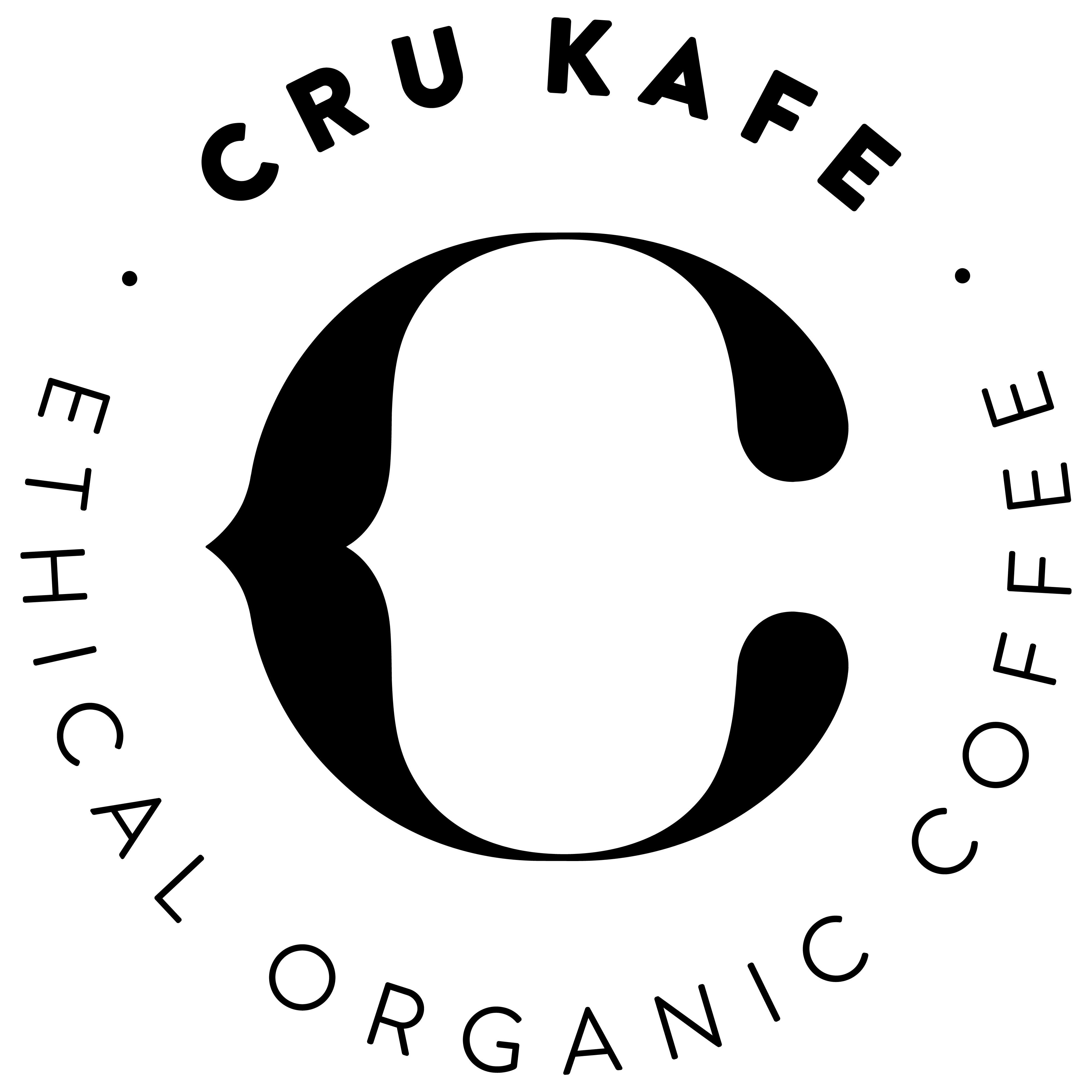If you’re partial to a latte, flat white or cappuccino, then you’ve probably watched your barista at one point carefully steam the milk to dollop on your drink. But have you ever wondered why that frothed milk just makes your coffee taste so much better? Well, it's all science.
For clarity, we will be referring to dairy milk in this article. Read more about plant based alternatives by following the link below.
The Breakdown
Milk, while mainly water, is composed of three other main ingredients - fats, lactose and proteins.
The more fat, the creamier and richer the milk will be. Whole milk will obviously have more fat as compared to a semi-skimmed, making the finished foam product "thicker" than skimmed milk would produce.
Lactose, or milk sugars, are less soluble at lower temperatures, which is why milk doesn’t taste sweet when cold. When the milk is warmed, the lactose melts - hence the sweeter taste in foamy drinks, like a latte or flat white.
Milk is at its sweetest between 57-66°C (135-150°F.) Below this temperature, milk is not at it’s “sweet spot” and above, well, milk can curdle or taste “burnt”.
The proteins in the milk are whey and casein, which both help to create the froth. Think of these as the “support” in the foam you know and love on your beloved milky coffee drinks.
How it works
When you watch in bewilderment as a barista steams your milk, they are essentially doing two things, heating and adding air to the milk.
As the milk warms, the proteins in the milk will expand and 'surround' the air bubbles created by the steam wand. Combined with the sweetness from the melted lactose and thickness from the fats, you are left with the sweet, dense micro-foam you've come to love on your favourite coffee shop drinks.
The bottom line here: whole fat milk will ultimately create the best tasting froth. It’s full of fats and lactose which stabilise nicely to create that thick, rich micro-foam. Skim milk, on the other hand, will create bigger bubbles and be more 'neutral' in taste - better for those who prefer the drier texture of bubbly foam.

Froth your milk at home
Incorporating that texture, or the froth, into your milk is oh-so-important especially when it comes to recreating those proper coffee-shop brews in the comfort of your own home. Effectively, it’s all about getting air bubbles into your milk to create that frothy, foamy and subtly sweet foam.
There are several ways to do this, the most obvious being buying a special machine with a steam wand or milk frother attached, or an electric whisk. But, if you don’t have these on hand, there’s a few makeshift ways you can still make your own at home.





